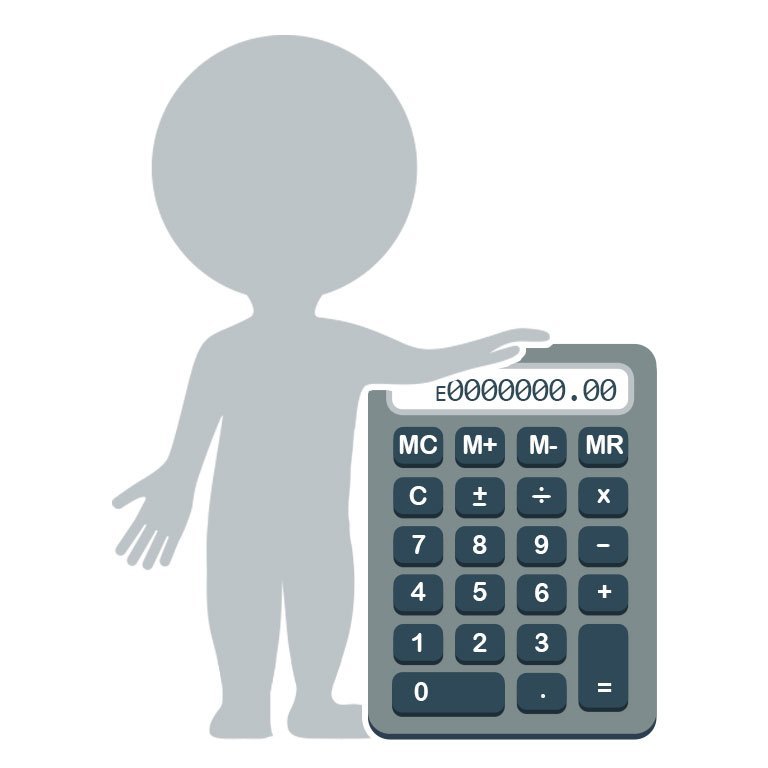I received a call from a musician a few days ago who was very upset about a situation in their orchestra. The frustration in this person’s voice was almost palpable, even over the telephone. The problem had to do with some contradictory evidence about ticket sales. This particular player is currently volunteering as a musician representative to their orchestra’s marketing department and as such, they attend regular marketing committee meetings.
The musician explained that according to the information they were receiving in those meetings, the organization has been performing at 108% of their projected ticket sales. When I pointed out that reaching 108% of your projected sales expectations was a good thing, that’s when the player almost leapt out of their skin and said “Yes, but the hall is rarely filled at more than 60%!”…
I asked them if they were exaggerating, even a little, and their response was that at first they weren’t sure about this discrepancy but then they started to keep a head count at concerts and, along with some help from a few other players, they determined that the 60% figure is fairly accurate.
I took the time to explain that sometimes, people can buy large blocks of subscription tickets as a way of making a donation but they never actually use the tickets or even give them back; therefore, the seats go empty.
The musician said they thought of that and asked their marketing director about it who, according to this musician, told them that was not the case with their orchestra.
Not having any other possible solutions for why there appeared to be such a discrepancy, I asked the musician if they could send along some of the sales figures for that current year and any prior years, if available. They complied and forwarded sales figures for the current season and the past two seasons, along with the projections for each respective year.
After going over the spreadsheets for abut 10 minutes, the problem became clear; the 108% figure was suffering from a serious case of spin.
Here’s a breakdown of the pertinent ticket sales information*:
- 02-03: projected = 955,600; actual = 783,600; 18% short of goal
- 03-04: projected = 985,200; actual = 699,400; 29% short of goal
- 04-05 (as of 02/05): projected 457,500; actual = 494,100; 108% over goal
Yes, according to the current year’s projections, this orchestra’s marketing department has reached 108% of its sales goals. But when you compare the current goal (04-05 has a projected cumulative season sales goal of 686,300) to the average goal from the past two years, it’s 29% lower.
So, if you compare the current season to date ticket sales figure through 02/05 to the average projections from the previous two years, they are 23% lower. If you compare the current season to date ticket sales figure through 02/05 to the average actual sales from the previous two years, they are dead even.
To me, this situation looks much more like an organization who found a way to keep their sales from slipping any more as compared to previous years; however, they also decided to put a positive spin on their lowered expectations.
Instead of finding a way to fill up the hall and get butts in at least 90% of the seats, the marketing department is playing to the lowest common denominator based on recent sales figures.
I called the musician back and presented everything for them and I think they now have a better understanding of why they’re frustrated over contradictory information. However, it looks like they have something new to be concerned about.
After I hung up the phone, I had a curious thought pop into my head “I wonder if the marketing department will receive any incentive bonus for exceeding their goals?”
*In order to reduce the possibility of retribution against this musician from any disgruntled manager, the actual figures have been increased and rounded up to the nearest hundred but the percent in that change is equal to the original figures.


